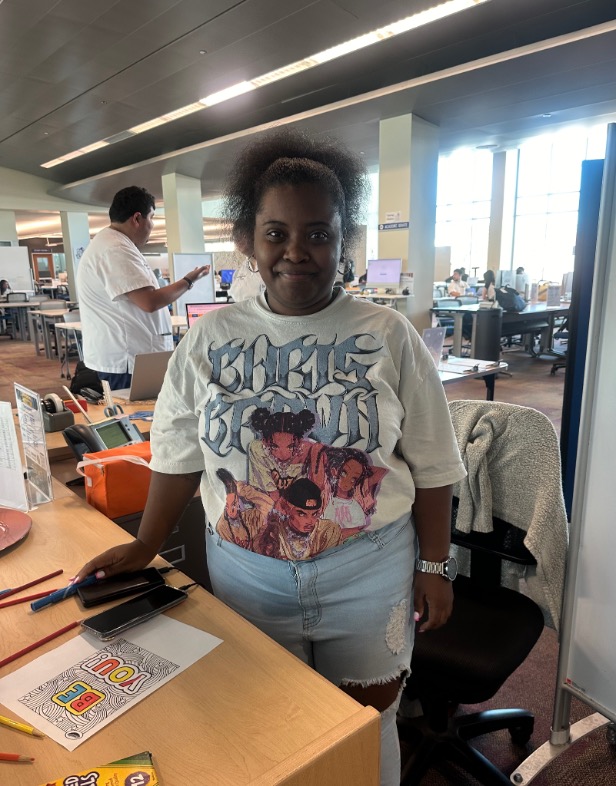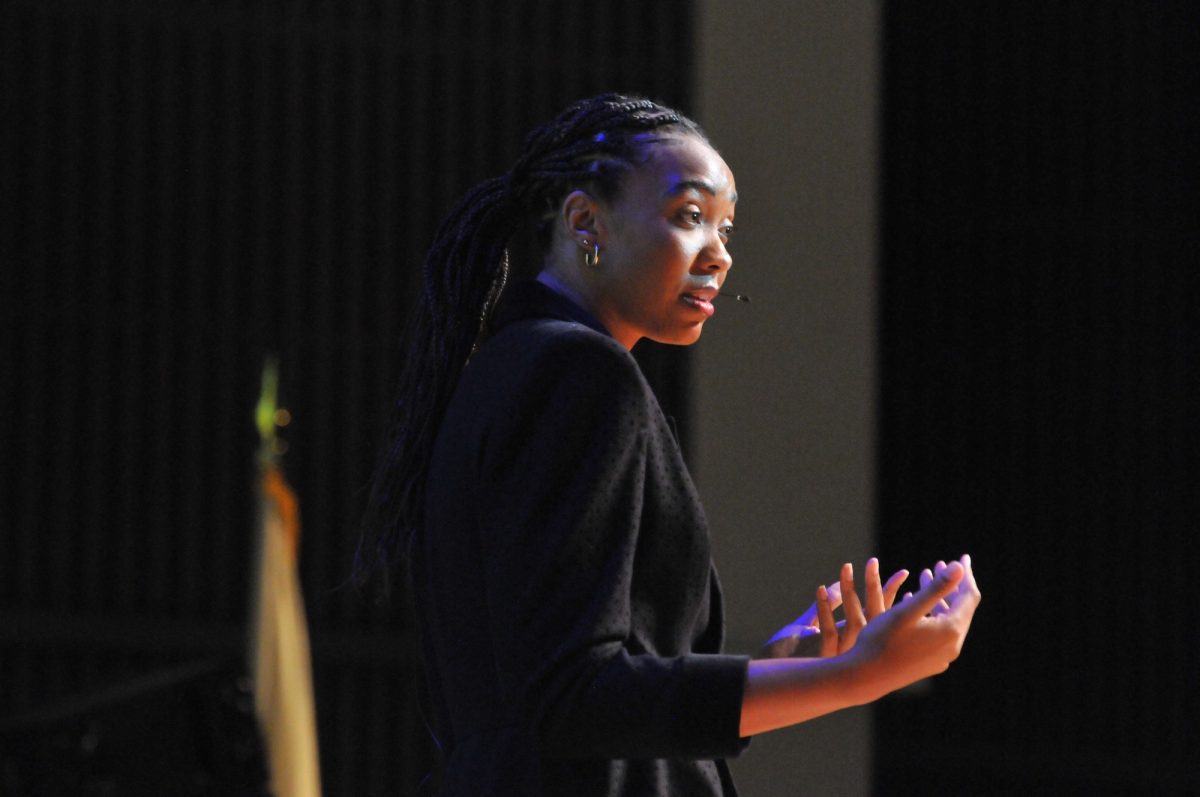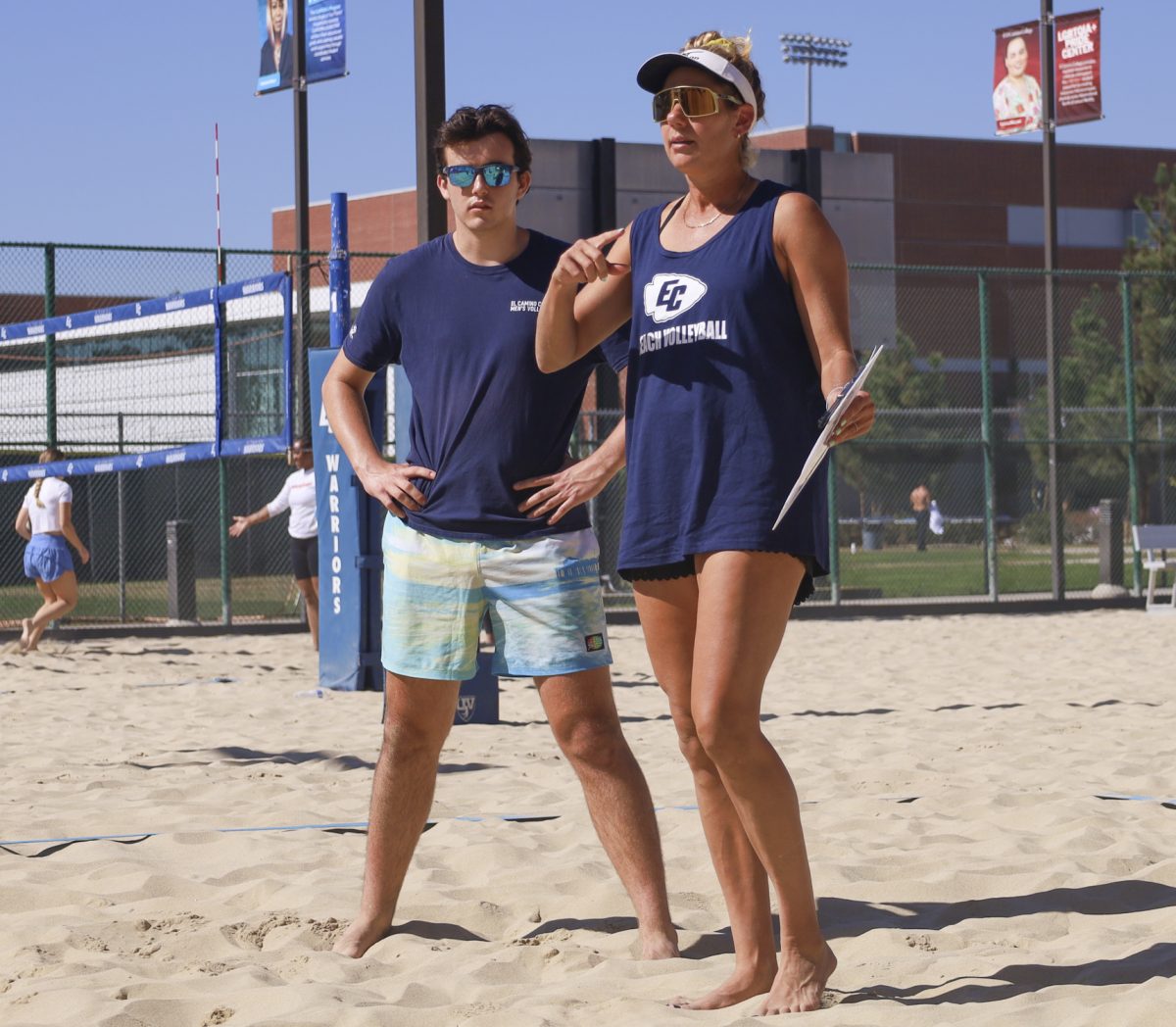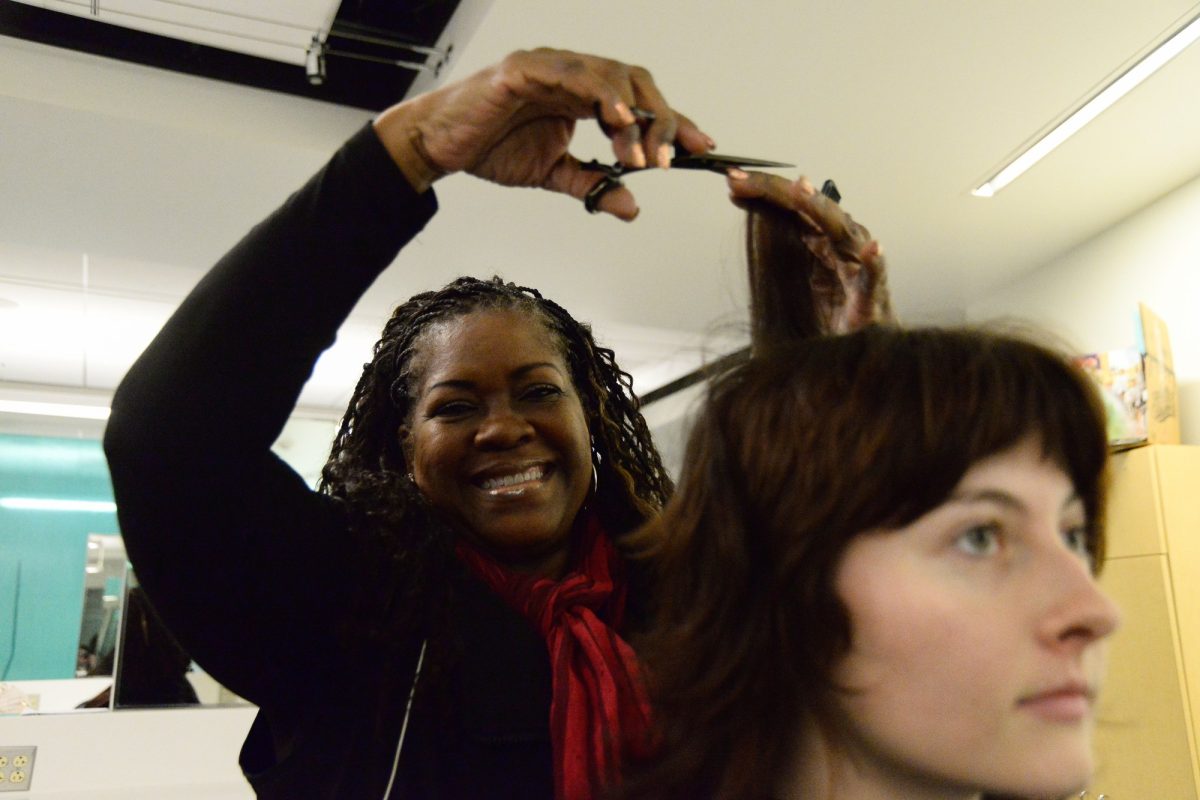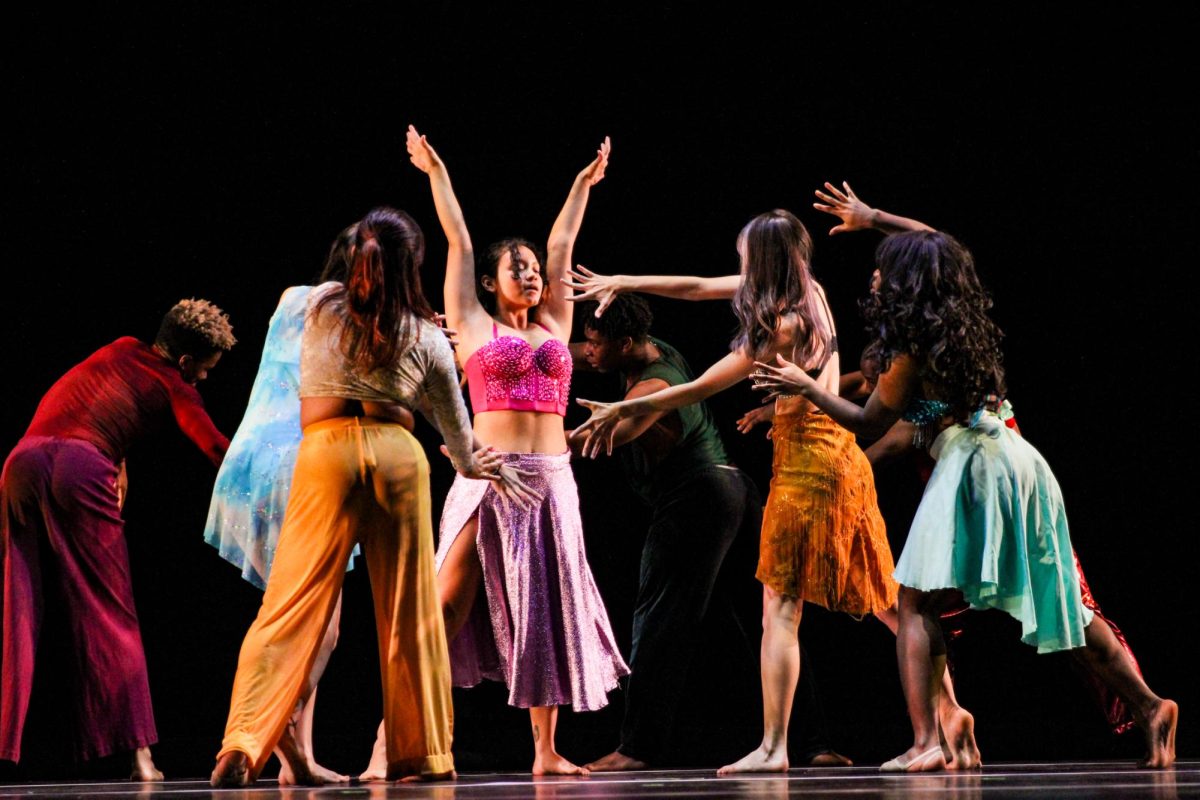Yoga mats and running shoes are shoved between textbooks and note pads in her backpack. She’s on her way to class, barely 22 years old, with every intention to transfer. She’s from Torrance, a North High School graduate, Latin and proud of it. According to statistics, she’s the typical EC student.
A study done by Institutional Research during fall 2009 shows that 52.5 percent of students are female while 47.5 percent are male. The average age of an EC student is 20 to 24, but there are students ranging from 17 years old to 50. The majority of students, 34.8 percent, take less than six units and only 6.8 percent take 15 units or more.
“To define the word average, you would have to say all EC students enroll in 16 units or they have one thing in common,” Julieta Ortiz, student services specialist, said. “The only real thing that they all have in common is that they want to pursue higher education.”
According to Institutional Research, 34.7 percent of students on campus are Latino, 19.2 percent are white, 16.8 percent are African American, 16.6 percent are Asian, 9.8 percent are unknown and only .4 percent are American Indian.
“So many students are from different cultures, from different economic backgrounds and different levels of academic preparedness,” Stacey Allen, sociology professor, said.
Most students transferred from Torrance, with 929 from North High School, while West High School and Redondo High School both had 833 students transfer in 2009. The majority of students, 42.8 percent, intend to transfer to a university with most of them receiving General Studies degrees. The next most common degree is Health Sciences.
“The largest UC transfer destination for EC students is UCLA with an average of 130 students. For the Cal State system, there was a 14 percent decrease in transfers for 2008 to 2009. The top Cal State transfer schools are Dominguez Hills and Long Beach with an average of 355 and 382 students, respectively. On the other hand, transfers to private institutions have increased in the last year. University of Phoenix and USC are the top private school destinations,” the 2009 report said.
Though these are typical of EC students, to say they are average is not the case.
“Is there an average student? No,” Allen, said. “I am constantly reminded by my students that they are all individuals.”
According to EC’s Institutional Research, there are about half as many full-time students as there are part-time students, but the data gives little insight as to what these students do in between those hours.
“I think it would be boring if everyone here were to be the same,” Ricardo de Saracho, 22, mechanical engineering major, said. “It’s interesting to see the diversity in the classrooms and see what other people are all about.”
During his free time, de Saracho said he enjoys building cars as well as training for several triathlon.
Kathy Urso, art major, on the other hand works as a stylist for a jewelry company and sells vintage furniture on eBay Inc. and Etsy. She also studies fashion and is taking a photography class.
Every student has a unique interest, whether it be volunteering at the Los Angeles Fire Department like Jose Contreas, 19, fire science major, or playing guitar at his local church like Francisco Mojica, 21, photography major.
Melissa Van Brunt is a 22-year-old full time communications major. Her favorite thing to do is travel. She has been to France, Spain, Italy, Mexico, Canada and the Netherlands. She also enjoys collecting books of all sorts, especially books regarding The Beatles.
“Well, I’m pretty confident in saying that a person does not define themselves as average,” Van Brut, said. “I mean, who am I to decide what is average or not?”
Lisa Nena is a 21-year-old part time English and art history major. Some of her hobbies include art museums and exploring.
“I try to stay away from routine. I love sitting in nature like parks or the beach,” Nena said. “I don’t think there is an average EC student, we are all so diverse and it’s amazing how many different majors the school offers.”
With such a diverse community and campus, it’s impossible to explain everybody with one single student, Ortiz said.
“We would hope to say that the average EC college student is a successful one, and we can say that,” she said.




